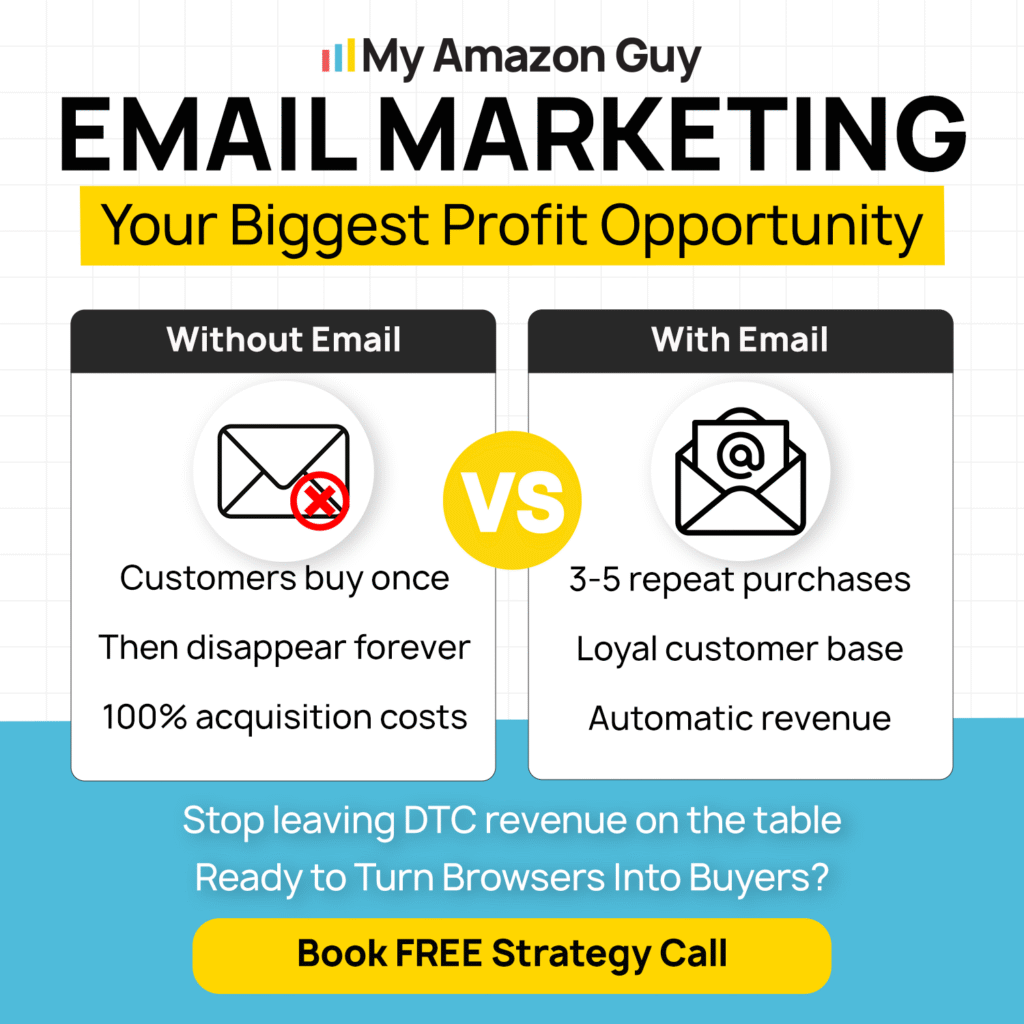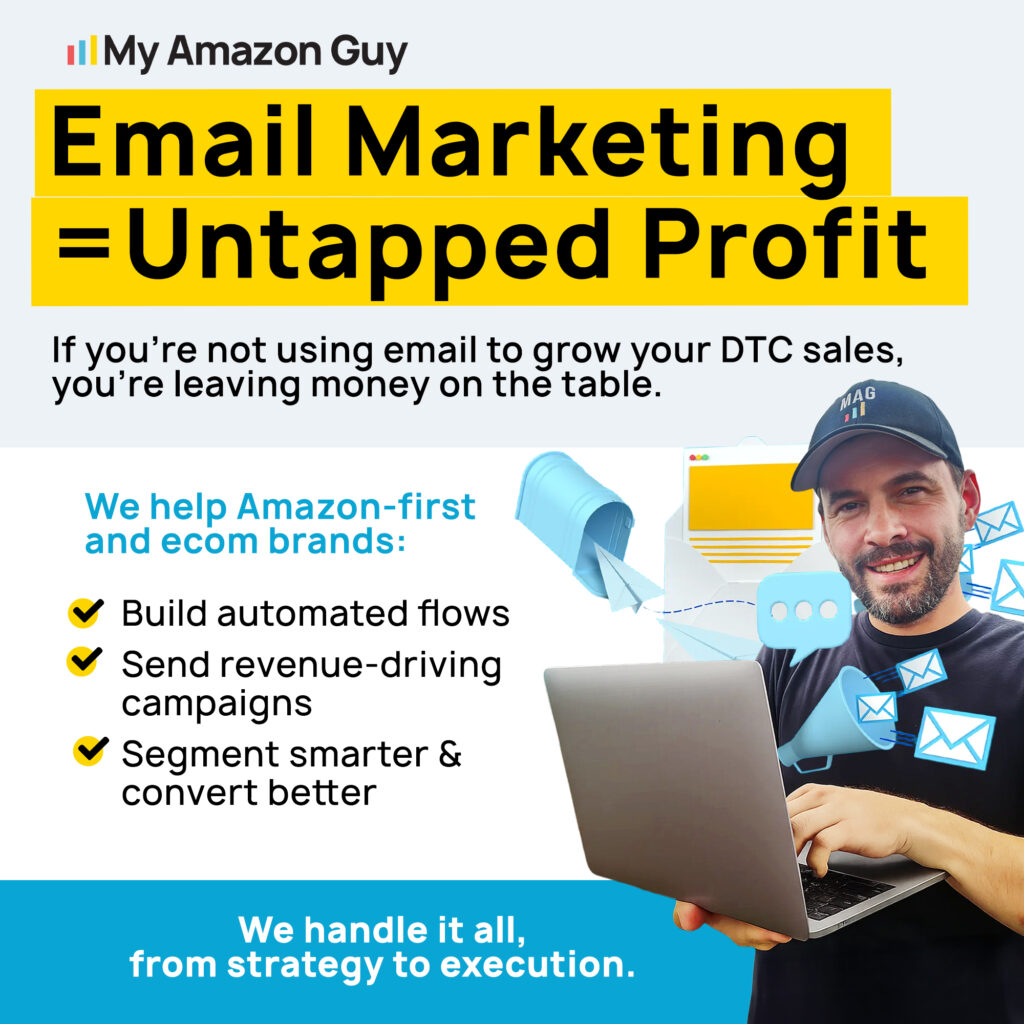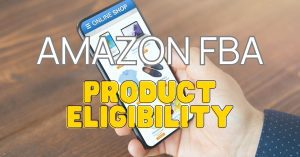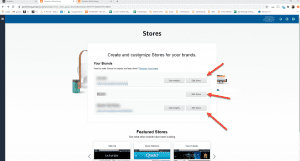
Are you making the most out of your email marketing, or are you simply sending campaigns and hoping for the best? If not, you might need a well-built e-commerce email flow to push more buyers through your funnel.
Some people think email marketing is outdated since new channels pop up every year. The truth is, it continues to drive strong revenue when done with clear intent and smart automation.
The problem is that many e-commerce sellers send random messages without proper planning, testing, or buyer behavior tracking. This causes wasted effort, inbox fatigue, and missed sales from people who were already close to buying.
This guide will talk about how e-commerce email flows can drive sales, build customer loyalty, and automate marketing for your store. You’ll also learn about the key types of flows, best practices for creating emails that convert, and tips to optimize performance for maximum results.
Table of Contents
Boost Your Email Conversions
Stop sending random campaigns that get ignored. Let us help you set up automated flows that actually drive sales.
What Are E-commerce Email Flows?
Over 50% of marketers still rely on marketing emails to push sales because they consistently bring in revenue, and one of the smartest ways to use them is through a strong e-commerce email flow. These flows are automated sequences sent based on shopper actions like sign-ups, browsing, cart activity, or completed orders.
They push shoppers closer to buying by sending the right message at the right time without manual work. These could show up as welcome series, abandoned cart reminders, post-purchase support, or win-back offers that run on autopilot to nurture buyers and repeat customers.
5 Types of E-commerce Email Flows
There are different types of automated email flows that e-commerce sites use to guide shoppers and boost conversions. Each of these flows has its own triggers, structure, and goals designed to move customers through the buying journey.
1. Welcome Series Flow
The welcome series starts as soon as someone subscribes to your list. It introduces your brand, sets expectations, and often includes an incentive to encourage the first purchase.
2. Abandoned Cart Flow
Triggered when a shopper leaves items in their cart, this flow reminds them to complete their purchase. It often includes incentives like discounts or free shipping and creates urgency to buy.
3. Post-Purchase Flow
Post-purchase emails maintain engagement after a sale and build loyalty. They include order confirmations, shipping updates, product tips, and follow-ups for reviews or upsells.
4. Re-engagement Flow
Re-engagement flows target inactive subscribers to bring them back. They use reminders, popular product highlights, or special offers to spark renewed interest.
5. Browse Abandonment Flow
These emails target shoppers who viewed products but didn’t add them to their cart. They often feature the viewed product, related items, and timely reminders to encourage a purchase.
Importance of Having E-commerce Email Flows
Still unsure if having an e-commerce email flow is worth it? There are a bunch of reasons why implementing automated email sequences on your site can directly impact sales, retention, and customer experience.
- Drives sales and revenue by converting visitors into buyers and encouraging repeat purchases.
- Saves time and resources by automating personalized messages and avoiding missed opportunities.
- Personalizes the customer experience with targeted content based on behavior.
- Builds customer loyalty and trust through consistent, valuable engagement.
- Provides valuable insights by tracking interactions to refine marketing strategies.
- Improves customer retention by re-engaging inactive buyers and promoting cross-sells.
- Offers a competitive advantage, helping your brand stand out in a crowded market.
Save Time With Automation
Automated email sequences work while you focus on growing your business. Let our team handle the setup and testing for you.
Tips for Creating E-commerce Email Flows That Convert
No matter how many email flows a seller sets up on their e-commerce site, if they don’t follow best practices, the sequences won’t perform. So, make sure to implement these strategies to get the most out of every automated email.
1. Personalize with Customer Data
Use browsing history, purchase behavior, and preferences to tailor subject lines and email content. Personalized emails feel relevant and increase the chances that recipients will engage with your message.
Segment your audience based on actions, lifecycle stage, or purchase patterns. Dynamic segmentation ensures each subscriber receives the right message at the right time, keeping your communications relevant.
2. Provide Value Beyond Sales
Include helpful content like usage tips, brand stories, or product guides alongside promotional messages. Valuable content builds trust and encourages subscribers to keep opening your emails.
Balancing educational and promotional emails prevents subscriber fatigue. It also positions your brand as a helpful resource, not just a seller.
3. Use Clear Calls-to-Action (CTAs)
Every email should guide the customer on what to do next, like “Shop Now”, “Leave a Review”, or “Read More”. Clear CTAs reduce friction and increase click-through rates.
Position buttons prominently, ideally near the top or within the first scroll. This ensures that even skim-readers know what action to take immediately.
4. Design Compelling and Responsive Templates
Use visually appealing templates that reflect your brand and adapt to desktop, tablet, and mobile screens. A clean layout with consistent branding increases recognition and engagement.
Include images that support the message rather than clutter it. White space is crucial to make content readable and CTAs stand out.
5. Set Up Specific Triggers
Triggers should be based on customer actions like purchases, cart abandonment, or browsing activity. Accurate triggers ensure emails are timely and relevant, increasing the likelihood of conversion.
Test all triggers before launching to confirm proper functioning. Incorrect triggers can confuse customers and reduce trust in your brand.
6. Continuously Test and Optimize
Run A/B tests on subject lines, send times, content, and offers. Small improvements over time can dramatically boost open rates, click-throughs, and conversions.
Track performance metrics like revenue per email, engagement trends, and conversions. Use this data to adjust campaigns and focus on what drives results.
7. Implement Dynamic Content
Tailor email sections to individual recipients using past purchases or browsing behavior. Personalized recommendations and location-based content increase relevance and engagement.
Dynamic content allows you to send a single email template to multiple segments. Each subscriber sees content that resonates with them, boosting the effectiveness of the flow.
8. Integrate Your Systems
Connect your email platform with your e-commerce store and CRM for a unified view of customer behavior. Integration enables automated flows to trigger accurately and ensures consistent messaging.
Proper integration also provides valuable analytics and reporting. You can measure performance, identify gaps, and refine your email strategy efficiently.
FAQs About E-commerce Email Flows
How do I customize e-commerce email flows?
Use customer data like purchase history, browsing behavior, and signup source to tailor content, subject lines, and offers. Segment your audience and apply dynamic content so each subscriber sees emails relevant to them.
How often should I send automated emails in a flow?
Timing depends on the flow type. For example, welcome emails can be sent immediately, abandoned cart reminders within hours, and post-purchase follow-ups a few days after delivery.
Which types of email flows drive the most revenue?
Welcome series, abandoned cart recovery, post-purchase follow-ups, re-engagement, and product recommendation flows typically generate the highest ROI. Each targets critical moments in the customer journey to maximize conversions.
Can email flows improve customer retention?
Yes. Automated flows consistently engage customers with personalized messages, promotions, and useful content, encouraging repeat purchases and building long-term loyalty.
Why E-commerce Email Flows Are a Game-Changer
Email marketing may seem like an old-school strategy, but it still drives real revenue and strengthens customer relationships, which is why it remains widely used by top-performing e-commerce brands. Still, some sellers underestimate its power and only half-heartedly implement their email flows.
The truth is, having well-crafted e-commerce email flows can guide customers through their journey, boost conversions, and encourage repeat purchases, which results in higher revenue and stronger brand loyalty. Automated, personalized sequences make engagement consistent while freeing up time for other business priorities.
Are you struggling to get your email marketing to actually convert? Contact our full-service Amazon agency and let our e-commerce growth specialists handle your email strategy.
Turn One-Time Buyers Into Loyal Customers
Well-crafted email flows keep your audience engaged and coming back for more. We’ll optimize your sequences for maximum results.






